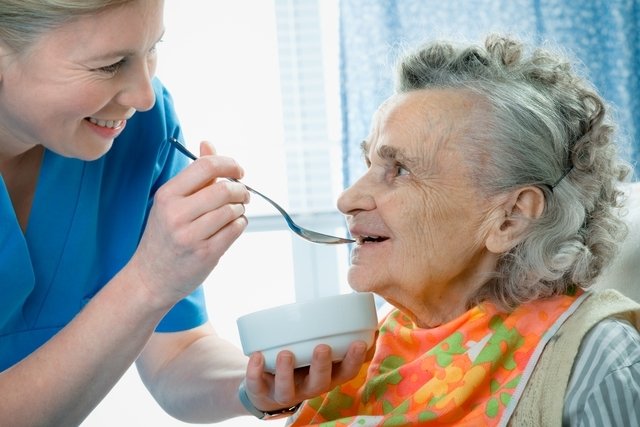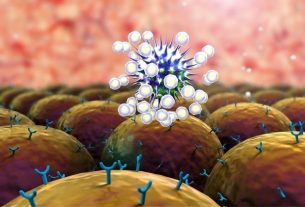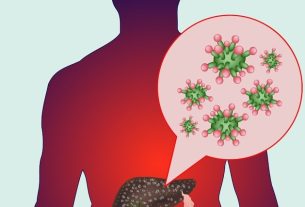Vascular dementia is a type of change that appears in several areas of the brain and occurs mainly due to a decrease in blood circulation in these locations. For this reason, this type of dementia is more common in people who have had a stroke, giving rise to symptoms such as difficulty carrying out day-to-day activities, memory loss and difficulty speaking.
This type of dementia is irreversible, however it can be treated in order to delay progression, with the doctor recommending measures that can reduce the chances of stroke, such as stopping smoking, practicing regular physical activity and having a balanced diet.

Main symptoms
Vascular dementia is characterized by small interruptions in blood flow, called infarction, that occur in the brain throughout life and can result in dementia. The lack of blood in the brain leads to neurological consequences that can result in dependence, such as:
- Memory loss;
- Difficulty speaking;
- Difficulty carrying out simple daily activities, such as walking and eating, for example, generating dependence;
- Malnutrition, as there may be difficulty swallowing;
- Lack of attention;
- Imbalance;
- Increased chances of infection.
- Coordination problems.
Vascular dementia is a progressive disease with irreversible symptoms that is usually a consequence of a stroke, which occurs mainly due to situations that can interfere with circulation, such as high blood pressure, diabetes or smoking, for example. See what the main causes of stroke are.
The diagnosis of vascular dementia is made through neurological and imaging tests, such as magnetic resonance imaging and computed tomography, in addition to the doctor evaluating the patient’s symptoms and lifestyle habits.
Who is at highest risk of vascular dementia
The risk of developing vascular-type dementia is greater in people who have some type of factor that can reduce blood circulation in the brain. For this reason, many of these factors are the same as those identified for stroke, including smoking, high blood pressure, diabetes, a high-fat diet and lack of physical exercise, for example.
How the treatment is carried out
The treatment of vascular dementia is carried out with the aim of preventing the progression of the disease and relieving symptoms, as there is no cure. It is also possible to prevent the occurrence of stroke and, consequently, vascular dementia through some attitudes that can be implemented in everyday life, such as practicing physical activities and eating a balanced and healthy diet. Understand how stroke treatment is carried out.
Furthermore, the doctor can recommend specific medications that can treat underlying diseases, such as hypertension and diabetes, which are factors that increase the chance of having a stroke in the future.
Bibliography
- ALZHEIMER’S ASSOCIATION. Vascular Dementia. Available at: <https://www.alz.org/alzheimers-dementia/what-is-dementia/types-of-dementia/vascular-dementia>. Accessed on 16 Jul 2019
- NHS. Vascular dementia. Available at: <https://www.nhs.uk/conditions/vascular-dementia/>. Accessed on 16 Jul 2019

Sign up for our newsletter and stay up to date with exclusive news
that can transform your routine!
Warning: Undefined array key "title" in /home/storelat/public_html/wp-content/plugins/link-whisper-premium/templates/frontend/related-posts.php on line 12
Warning: Undefined array key "title_tag" in /home/storelat/public_html/wp-content/plugins/link-whisper-premium/templates/frontend/related-posts.php on line 13



